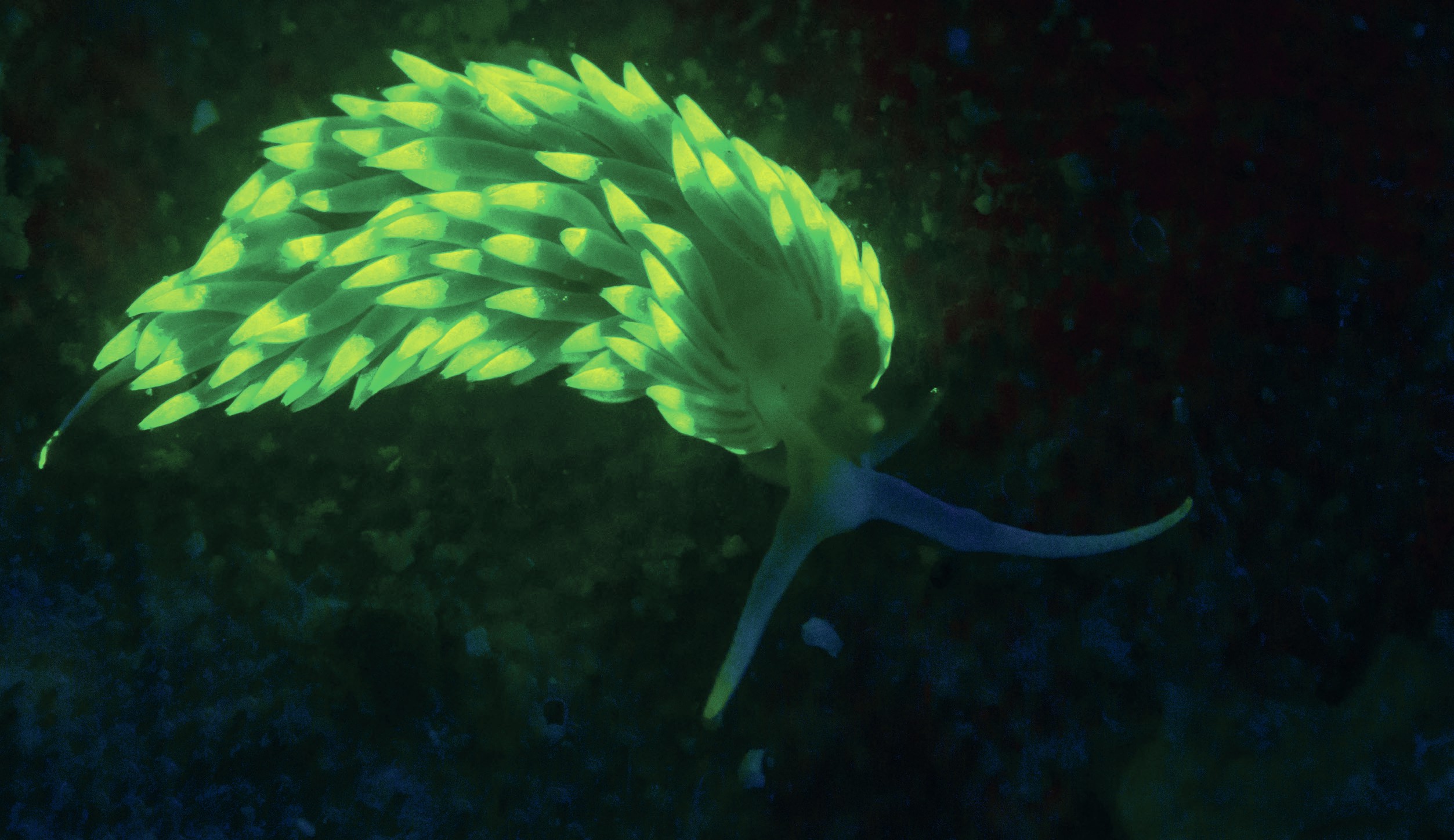
Communication happens both within and between species. It has many functions, such as cooperation, finding a mate and establishing dominance. One form of communication – visual communication – is widespread throughout the animal kingdom. In the oceans, visible sunlight is quickly lost with depth and completely disappears below 1000 metres. Communication that relies on solar light is useless for the organisms that live at and beyond these depths. In contrast, bioluminescence can be used as a visual signal in pitch darkness.
Bioluminescence is the generation of light by an organism. You probably already know of a few examples, such as anglerfish and fireflies, but it is far more widespread than you might think. In the ocean environment, bioluminescence occurs in over 90% of species.
Your organisation does not have access to this article.
Sign up today to give your students the edge they need to achieve their best grades with subject expertise
Subscribe




